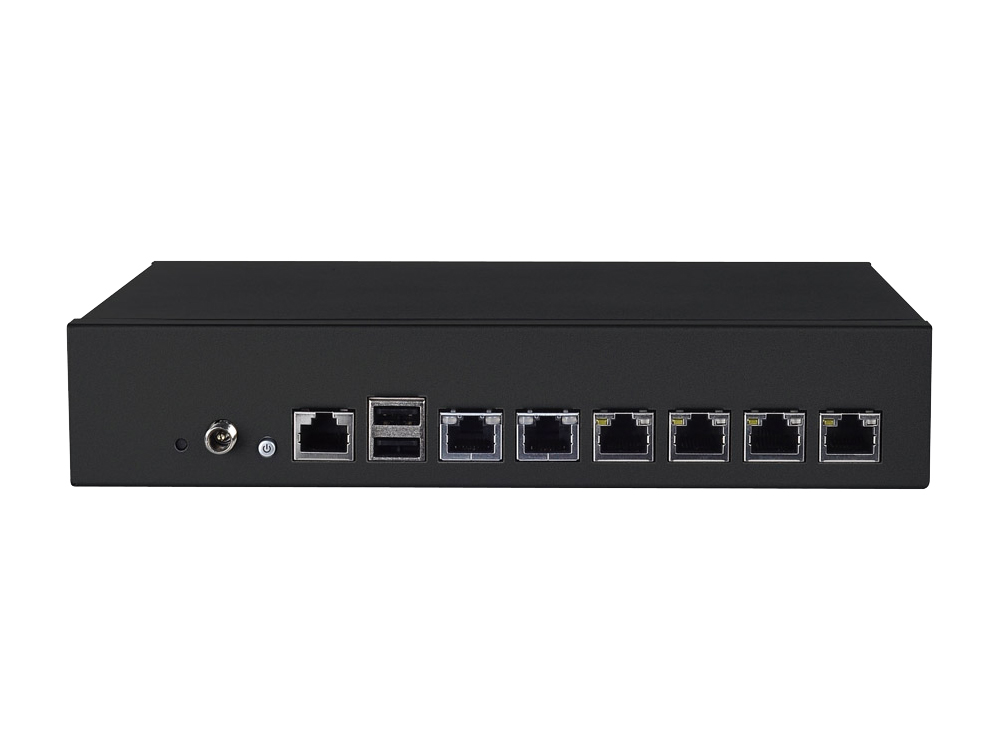Looking at the natural synergy of VoIP and SD-WAN, Lanner and Versa Networks have tested and validated an integrated solution that combines Lanner’s compact virtual CPE equipment and Versa Networks’ highly-flexible SD-WAN software. The joint solution enables VoIP service providers to deliver improved and reliable voice and data connectivity with flexibility and cost advantages for creating agile and profitable managed VoIP services.
Voice over IP (VoIP), or IP telephony, has been widely available since the early 1990s. Many of us early adopters and users remember the pain suffered from packet loss and jitter, resulting in conversations that sounded as though the caller was speaking through a moving fan—if the call wasn’t dropped altogether, of course.
Luckily, VoIP technology has improved to the point where it has now in use in most companies worldwide. According to one research firm, the VoIP services market is expected to reach more than US$140 billion in 2021. Other research shows businesses see average savings of between 50 percent and 75 percent after switching to VoIP.
As much as VoIP adoption has grown, however, the technology still suffers from limitations. Indeed, VoIP biggest nemesis is, ironically, the network. Increased use of the network pipe for data traffic that is increasingly cloud- and IP-based has a detrimental effect on the quality of VoIP calls. Depending on the type of business, poor-quality calls can have negative impacts ranging from decreased customer satisfaction to loss of business—and, in certain use cases such as medical facilities, life-threatening situations.
It’s no wonder, then, that companies whose communications systems are considered mission-critical can be wary of using VoIP. Versa Networks SD-WAN, however, can help. For many of the same reasons companies are turning to the technology to improve their data networks, SD-WAN provides VoIP a clear path over the network to ensure high-quality voice calls with no clipping or dropped calls.
Versa Networks SD-WAN helps improve VoIP in multiple ways. Topping the list is the ability for network administrators to assign policies to prioritize traffic over the network. Software-defined WAN (SD-WAN) looks into the network path and bandwidth of these paths as well as the priority of each application, then intelligently steers traffic accordingly. VoIP traffic, for example, could be labeled as high priority—more important than, say, cat videos on YouTube, which could be labeled as low priority. Any VoIP traffic automatically would go out over the network first, reducing the latency of calls being connected.
SD-WAN also assesses the condition of the network to ensure calls make it to their intended destination intact and without delay—hallmarks of a high-quality VoIP call. Versa SD-WAN, in real-time, measures the latency in each direction and adds time stamps and other information to each voice packet to measure the behavior over the SD-WAN network.
Realizing that degradation could occur during transport due to packet loss or even the robustness of the network on which its traveling, Versa Networks SD-WAN takes steps to ensure calls make it to their intended destination in good shape. Packet cloning, for one, replicates traffic across all defined links so the receiving SD-WAN node is guaranteed to get all packets, even if part of the packets’ journey is less than ideal. Once the packets are received and put in their proper order (thanks to the packet identifier at the head of each packet), the clones are discarded. This is ideal for VoIP as the overhead of voice packets is low and marginal.
In addition, application performance and transport monitoring further ensures call quality. If on certain connections packets are being degraded or not arriving on time—or the connection isn’t working—SD-WAN will dynamically send the traffic over a connection that will support that connectivity. The result is seamless failover that goes unnoticed by both caller and receiver.
What’s more, Versa Networks’ SD-WAN forward error correction (FEC) technology can regenerate dropped packets on calls where packets are dropping. It inserts a loss-recovery packet with a signature after every four packets, and any missing packets can be regenerated using the signature number. This eliminates unnecessary packet retransmission, further reducing latency and enabling a better customer experience. This also helps tremendously with video conferencing.
Clearly, SD-WAN can be a transformative technology for VoIP. In fact, it has enabled one Midwestern regional healthcare practice to expand faster and more affordably—to 50 locations currently with the goal of growing by 10 to 15 more offices each year.
The provider wanted each location to be up and running quickly post-acquisition. However, each clinic had its own local number and distributed phone system, which made managing the systems difficult at best and didn’t support analytics or other customer-focused applications. However, the instability of VoIP was unacceptable for the practice, which needed reliable connectivity 24/7.
Versa Networks’ SD-WAN technology provided the much-needed stability by prioritizing the voice traffic as mission-critical and utilizing transport line conditioning, but also enabled each location to be up and running in a matter of days.
Looking at the natural synergy of VoIP and SD-WAN, Lanner and Versa Networks have tested and validated an integrated solution that combines Lanner’s compact virtual CPE equipment and Versa Networks’ highly-flexible SD-WAN software. The joint solution enables VoIP service providers to deliver improved and reliable voice and data connectivity with flexibility and cost advantages for creating agile and profitable managed VoIP services.
VoIP has come a long way since the beginning but it still can suffer from the imperfections of the underlying network. SD-WAN can create a stable path for VoIP for higher call quality and an improved user experience.







